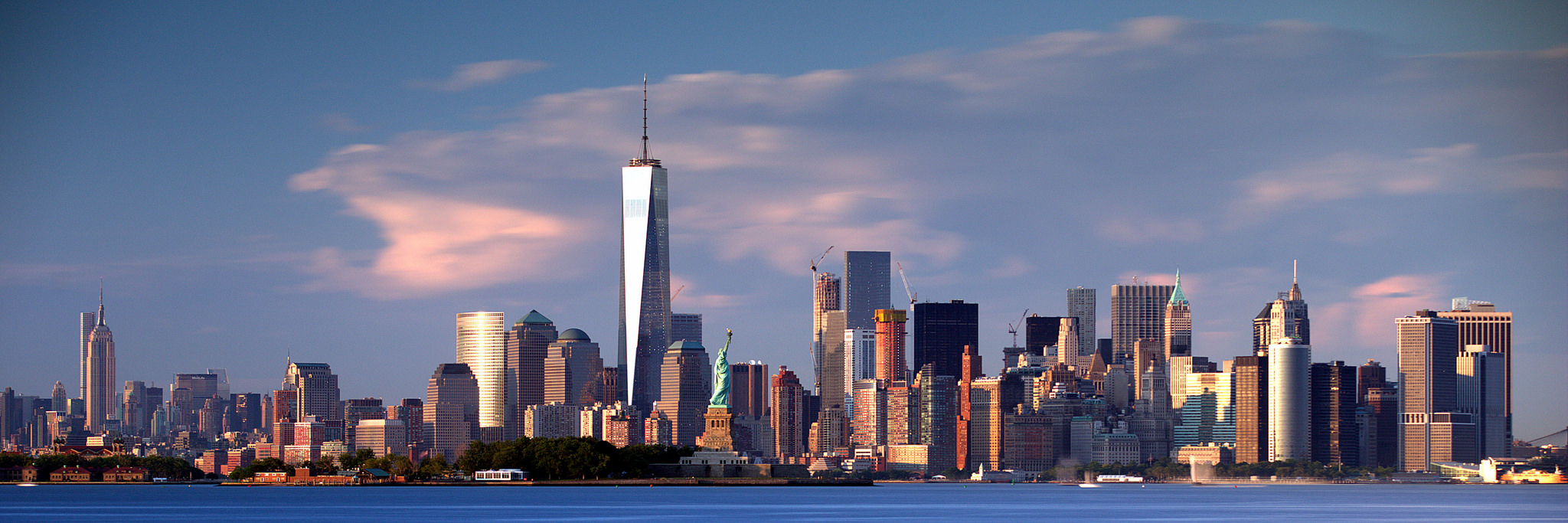

Through increased budgets for inclusive content development and production as well as cultural consultation practices that dismantle pernicious stereotypes, more authentic projects have flourished. And, of course, there’s K-pop, whose listening share grew 65% annually since 2015 on Spotify and Apple Music and even more during the pandemic.Īlongside demonstrative distribution, the Asian Pacific diaspora won the ability to influence storytelling upstream.

Beyond YouTube, a recent study conducted by Nielsen and Gold House indicated that streaming platforms like Netflix have twice the AANHPIs of broadcast programs. In 2010, for instance, 25% of YouTube’s top categories were Asian-led accessible bandwidth and ubiquitous smart device distribution gave permission to niche creation. YouTube was and continues to be the bastion for minority creators to reach the mainstream. Marketing has always been half the battle-most easily evidenced by its percentage of total theatrical release budgets. Creators can come from anywhere but haven’t always been able to go everywhere. Since then, #GoldOpen has ensured the opening weekend success of more than two dozen Asian-led films including, most recently, Everything Everywhere All At Once. Chu’s critically-lauded romantic comedy with a promotional engine now known as #GoldOpen, using theater buyouts and other viral tactics to guarantee that Crazy Rich Asians was a hit at the box office. But by adapting successful galvanization models by Black churches in the late 80s and from women in the 2000s, several industry leaders jumpstarted Jon M. In 2018, many studio executives did not believe that Asians were a viable market-partly due to our 7% domestic population at the time. Media representation became the unifying battleground through Crazy Rich Asians, the first Asian-led major studio project in 25 years.

Research by Gold House in 2018 with 500 of the top Asian Pacific leaders across business, culture, and activism indicated a universal prioritization of four core challenges-with the first being enhancing how the media portrayed us (or didn’t at all). But a powerful population doesn’t ensure concentrated change. Our diaspora in the United States nearly doubled between 20-and buying power has, similarly, skyrocketed by 127% from 2000 to 2020. But how? Why did this happen, seemingly, within only the last few years? Put simply: we’re in the midst of a golden hour. And with so many Asian Pacific leaders in prominent positions around the world, it’s never been harder to winnow the 100. This is our 6th year publishing this list. This year, journalist Alex Wagner, YouTube CEO Neal Mohan, actor Ke Huy Quan, fashion designer Anna Sui, and baseball player Shohei Ohtani all made the list, which covers industries ranging from politics to business to entertainment to fashion to sports. Each year, to spotlight the Asian Pacific diaspora’s most impactful societal contributions, Gold House releases the A100-our own TIME100. May 1st marks the beginning of Asian American, Native Hawaiian, and Pacific Islander (AANHPI) Heritage Month. Yet, despite our ostensive misalignment and our continued need to combat hate aimed at Asian Pacific communities, our diaspora has seen a golden wave of cultural and economic progress-that has broken records and defined industries in short order. Within our own community, our dozens of ethnicities, hundreds of dialects, and lack of a universal story or struggle further our fracture. Our multilingual upbringings foreignize us adopting certain Western behaviors can deny critical elements of our own heritage, something some demonize as a Sunken Place. And if they’re able to regain their confidence, many worry that they’re perpetuating the Model Minority Myth that overshadows income disparities within our community-and furthers our own divides with other marginalized groups. Executives who break the “bamboo ceiling”-Asians are the least likely demographic to be promoted to management, according to Harvard Business Review-face imposter syndrome. We’re tugged between the nations of our ancestors and our present we contend with simultaneous incongruities that prevent us from self-realization and collective coordination. Like all minorities, the Asian Pacific diaspora is perennially hyphenated.

After all, when you belong to so many places, do you belong anywhere? But as my single mother once said: When you can’t come home, you build your own. Growing up a Third Culture kid between Dolly Parton’s Knoxville, Tenn., late-90s Shanghai, and 2000s Southern California engineers a unique loneliness.


 0 kommentar(er)
0 kommentar(er)
